There is no one right way to build a tiny house. Builders have used many different materials in the pursuit of the perfect small home.
While some stick to tried and true techniques with drywall and concrete, others have opted for different types of wood or have even used hillsides.
And with sustainable homes on the rise, people are looking for more and more eco-friendly ways to construct their dream homes.
But the most amazing building technique may not be the newest or the hottest. In fact, it may actually be one of the oldest.
For centuries, different regions have made their homes out of the earth — or, rather — they have made their homes from earth.
Dirt makes some of the strongest and most flexible building materials on the planet and plenty of builders are beginning to catch wise.
Check below to learn about these cool "cob" houses and why tiny house lovers can't get enough of the stuff.
[H/T: Atlas Obscura]
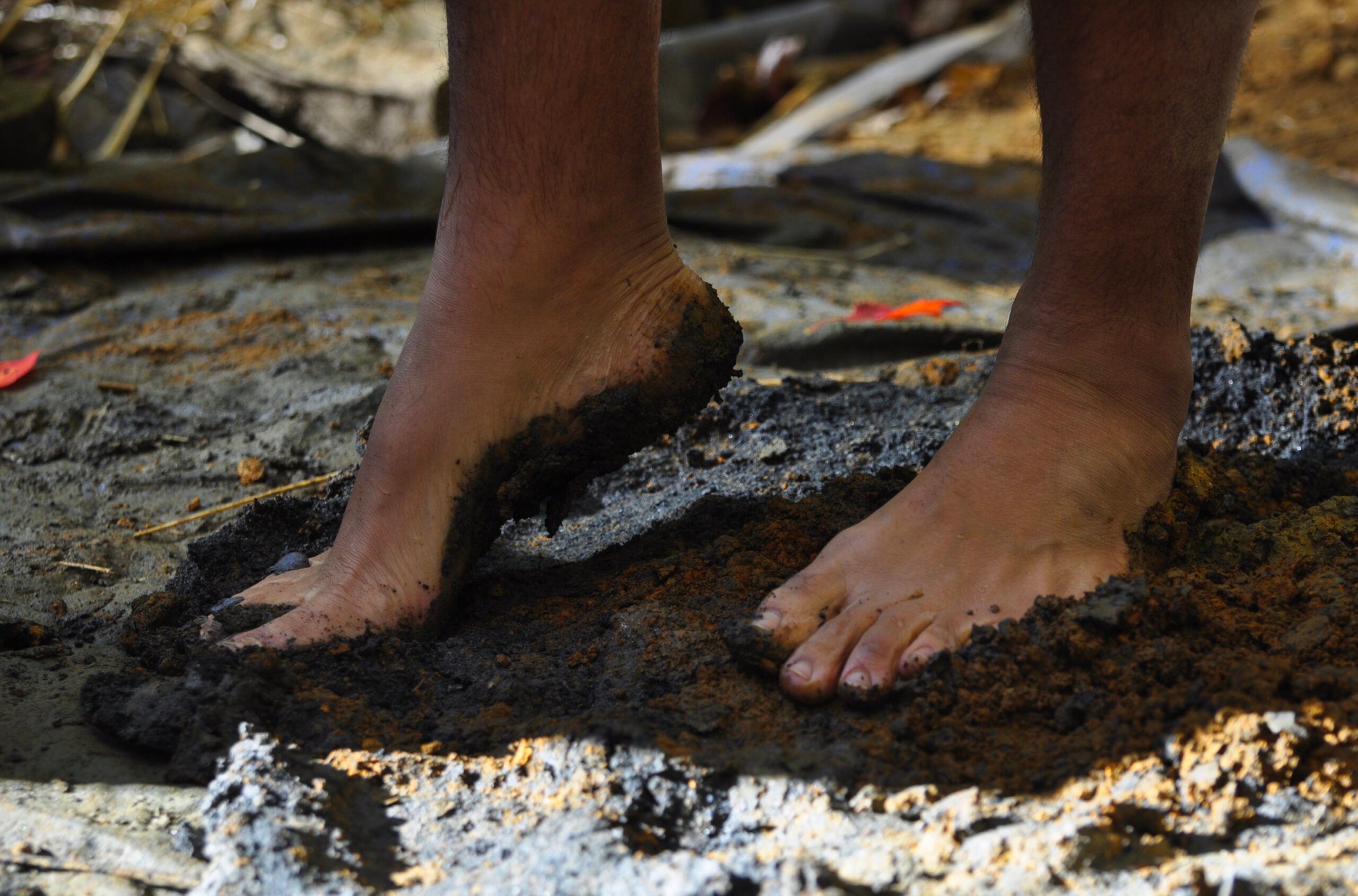
In some countries, living in houses constructed from sand, dirt, or mud may be considered a sign of poverty or destitution.
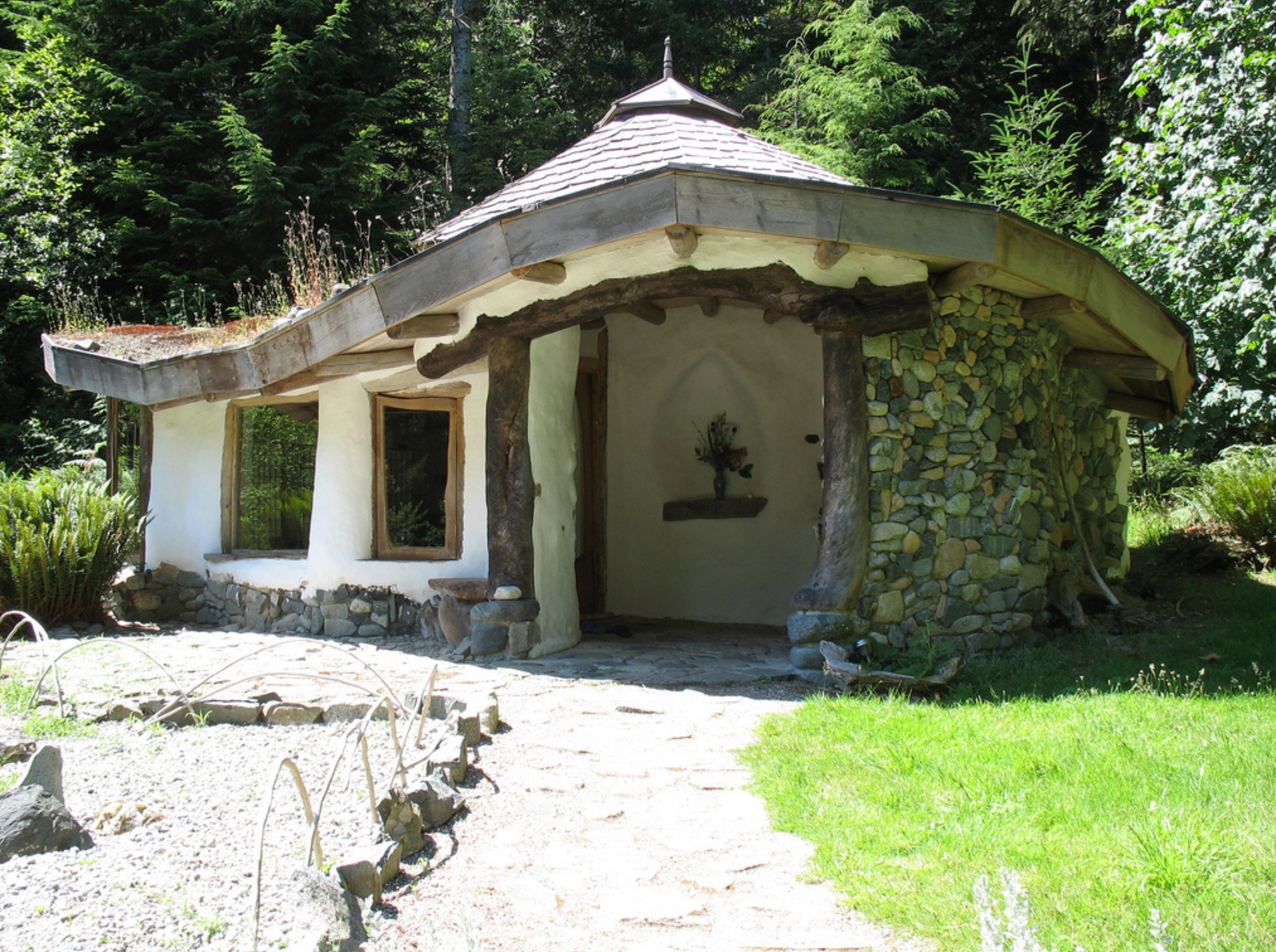
But in many others around the world, building houses from dirt is innovative, historical, and incredibly beneficial.
From adobe homes in the Southwest to the growing dirt house movement in the U.K., people are realizing how powerful and plentiful dirt is as a building material.
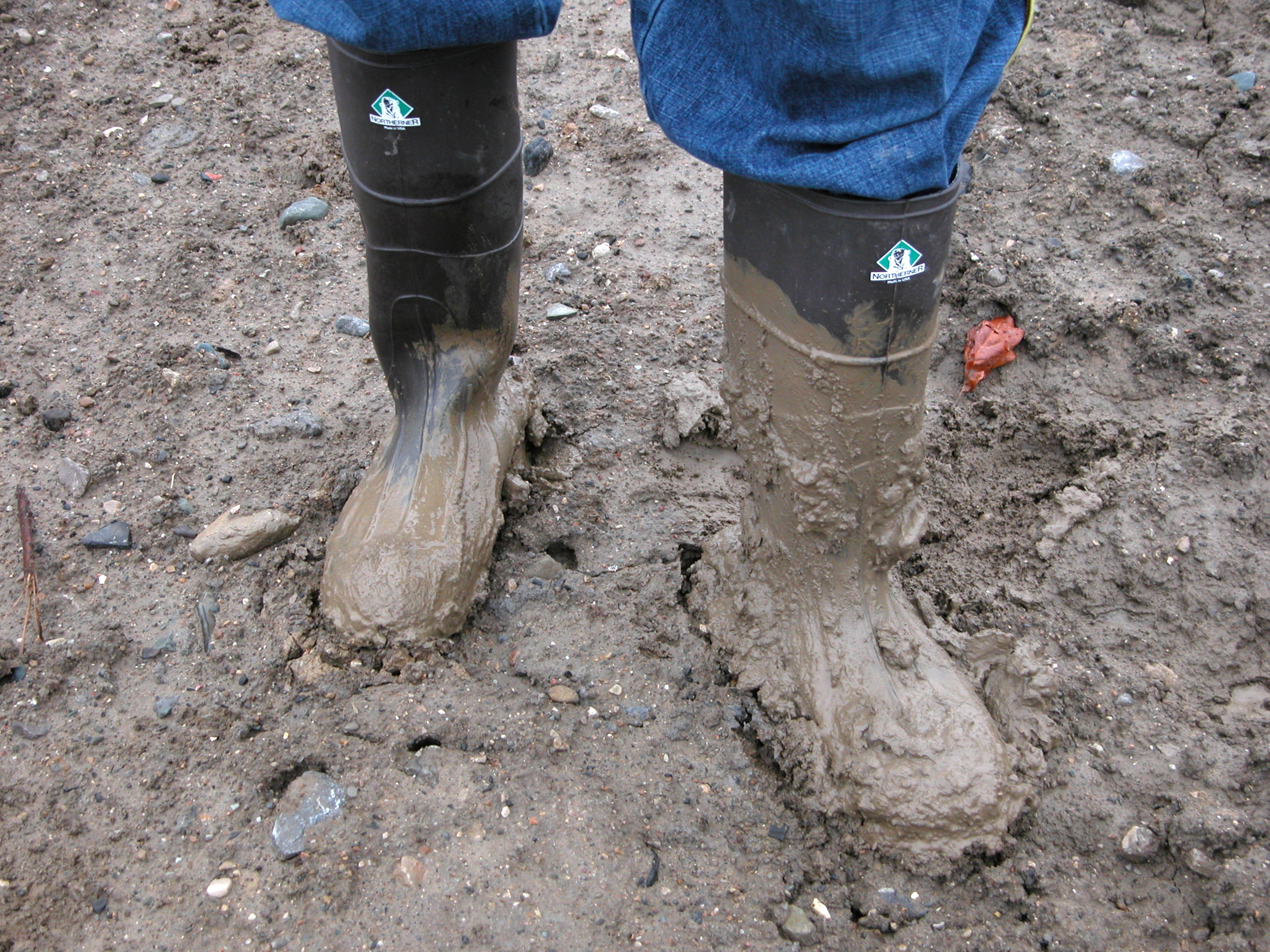
The dirt-friendly trend that is on the raise is called “cob,” which involves using “subsoil,” or the soil found under the topsoil layer of dirt.
When mixed with water, the subsoil, which is filled with silt, sand, and clay, will harden into something completely comparable to cement.
The soil is then mixed with some sort of fibrous substance (like straw, weeds, or wood) to make the material even more sturdy.
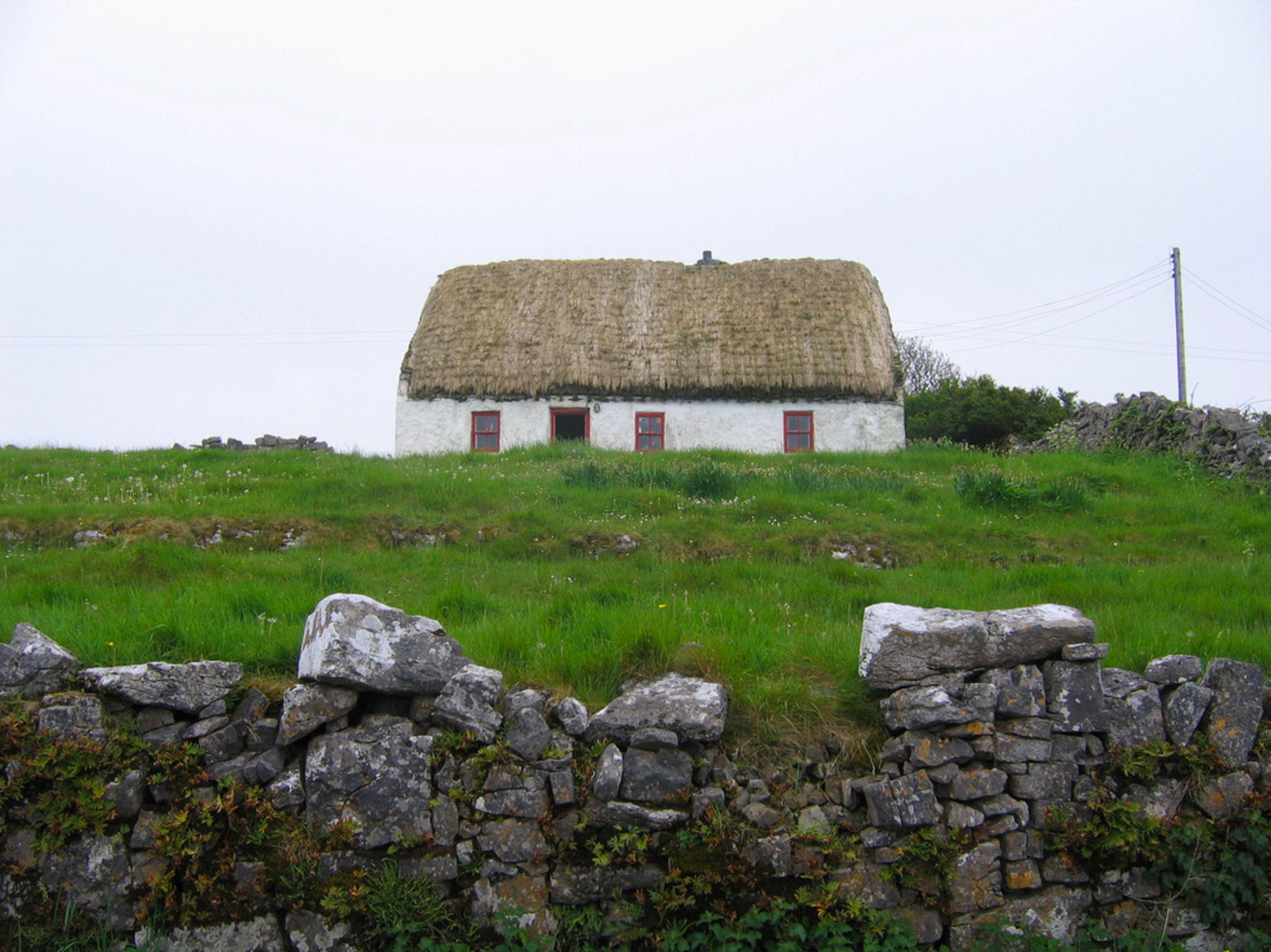
This cob method was popular before the early 1900s, but was eventually replaced with other materials like drywall or concrete.
But thanks to the growing sustainable house and tiny house movements, cob is making a comeback.
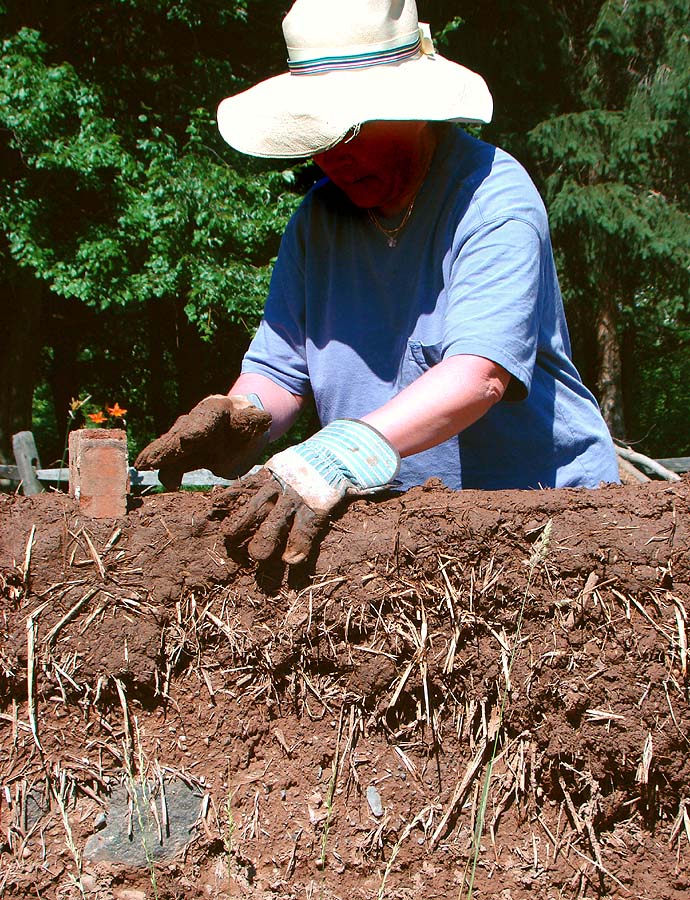
This method is particularly appealing because it is essentially free and very environmentally friendly.
It is a surprisingly strong material, able to withstand earthquakes, rain, and termites.
Its ability to absorb heat also means that houses stay cool in the hot weather and retain heat in the winter.
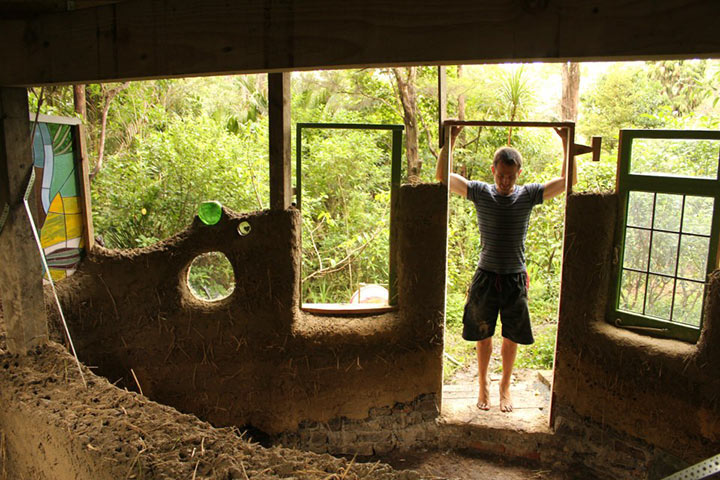
It’s also completely malleable, and you don’t need to focus on grids or perfectly straight lines to build with it successfully.
If you wanted to, you could even mold furniture or shelves right into the walls!
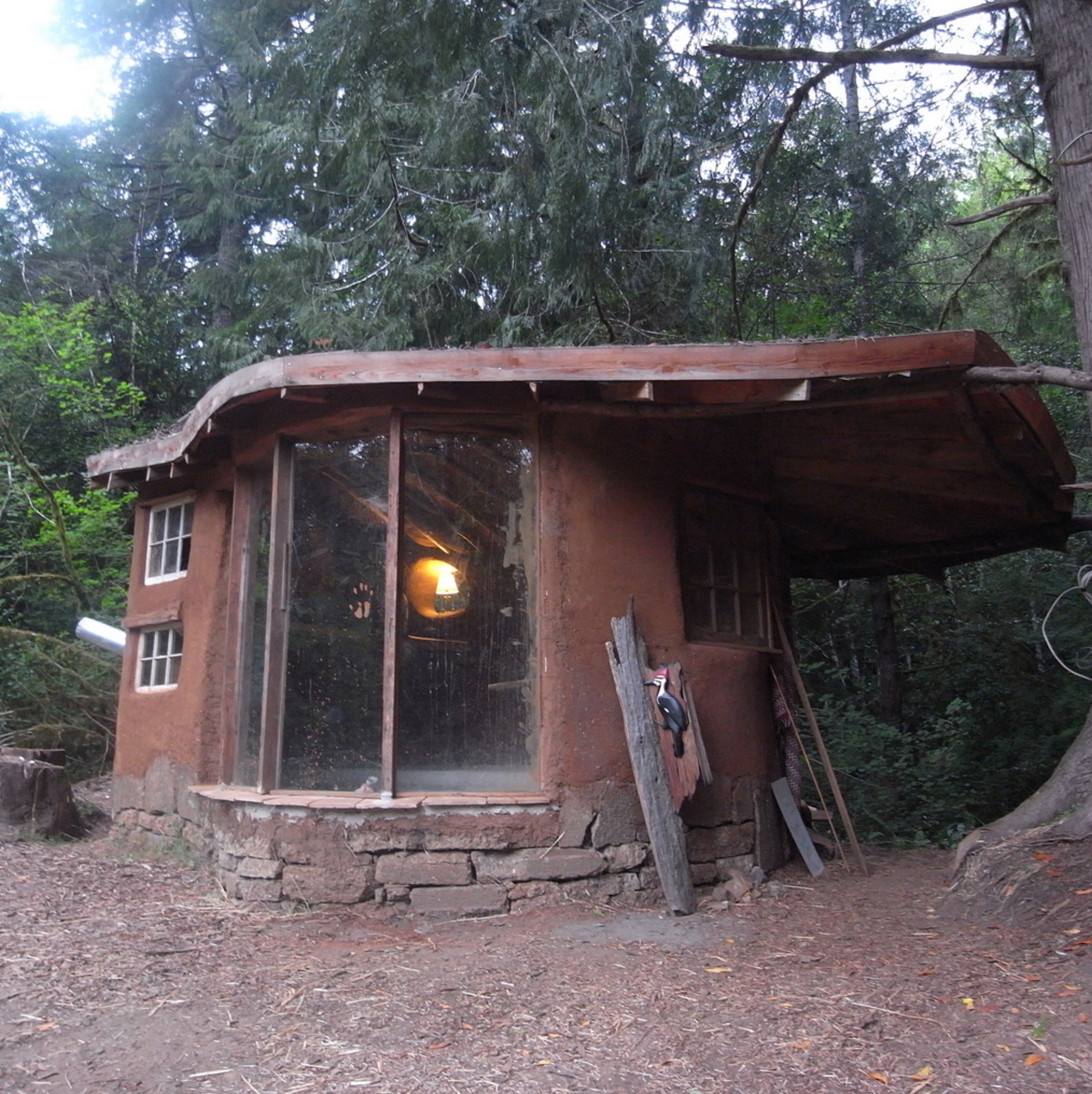
Between being natural, easy to find, and easy to build with, there’s no wonder that tiny house hounds are eager to use it to create the homes of their dreams.
Check below to see more homes that were amazingly made using dirt!

These cool cob houses can be molded into almost any shape.
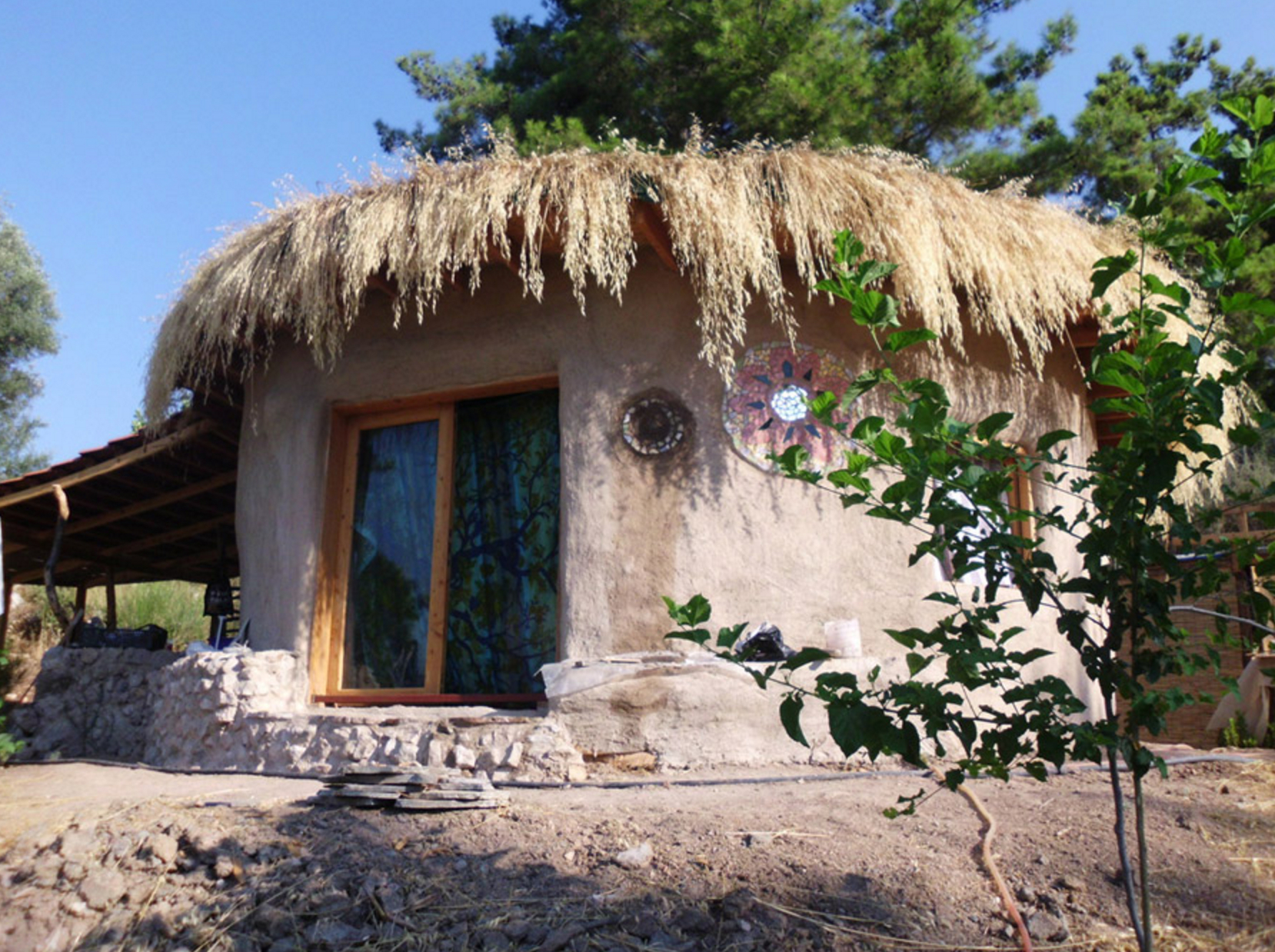
Their unique texture really makes them look like they are built out of the earth.
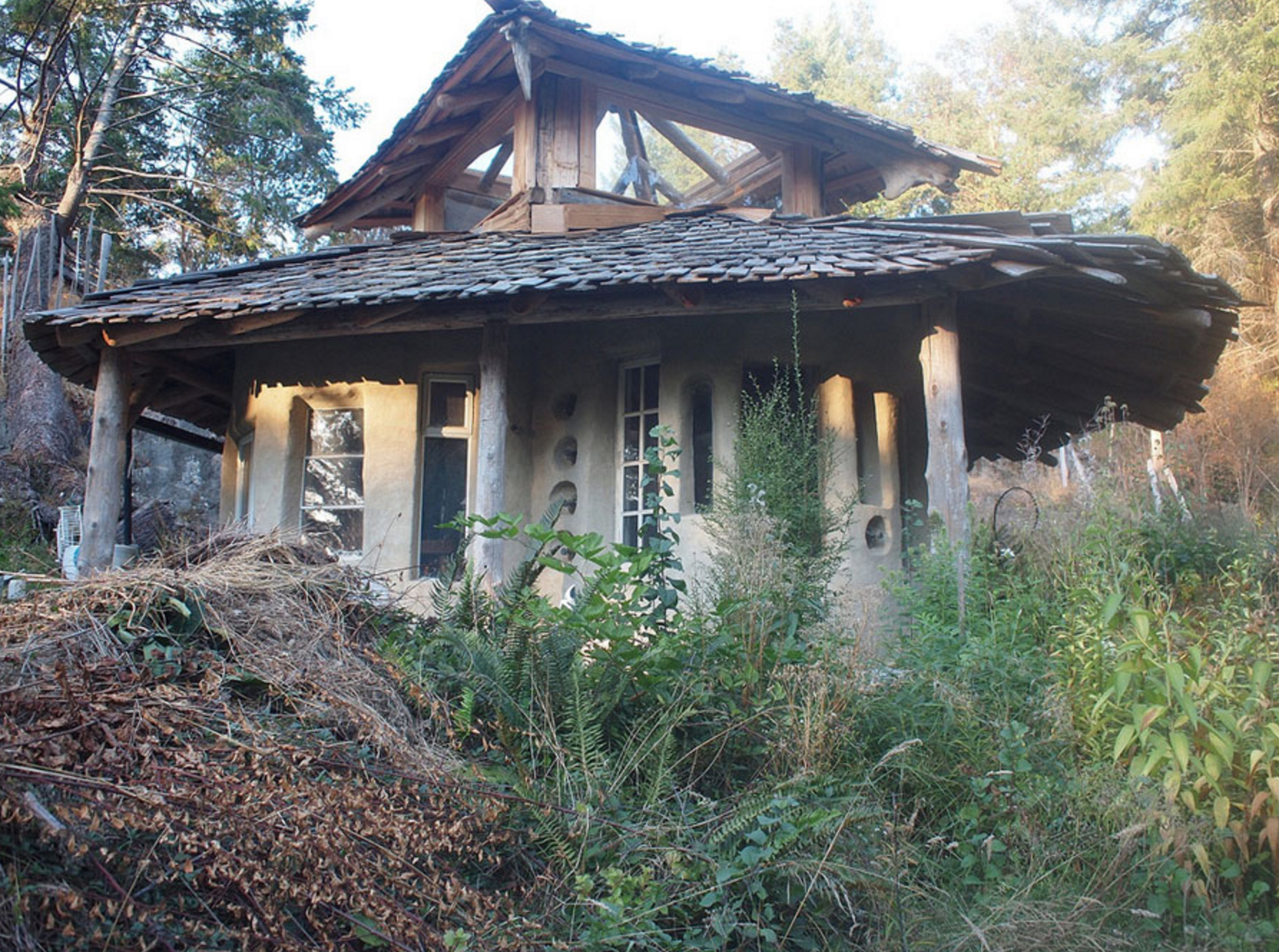
They can even be built with different layers and multiple stories.
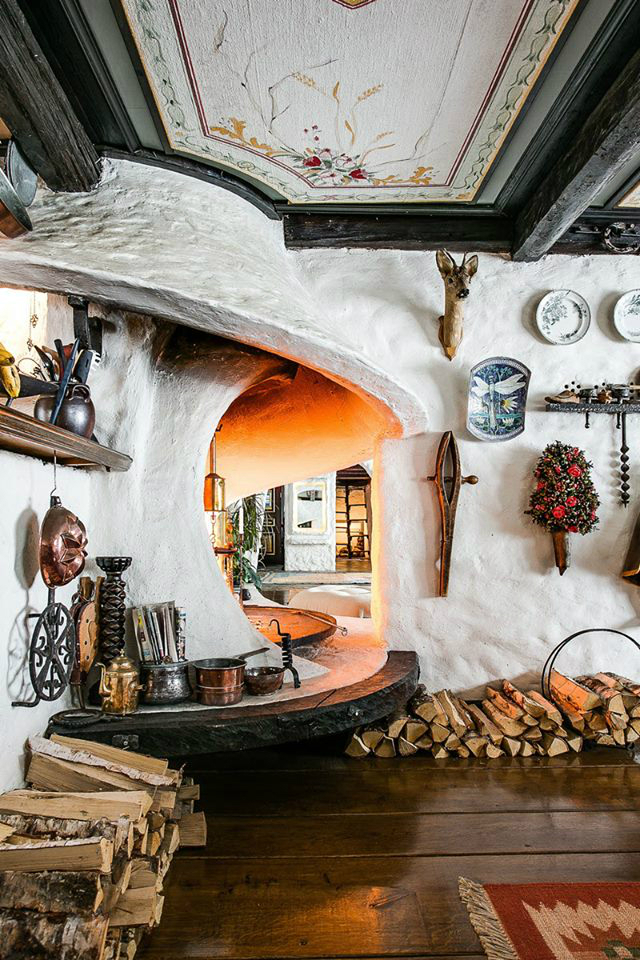
And with it being so pliable, the structure and its interiors can be made to look like a magical, whimsical wonderland.
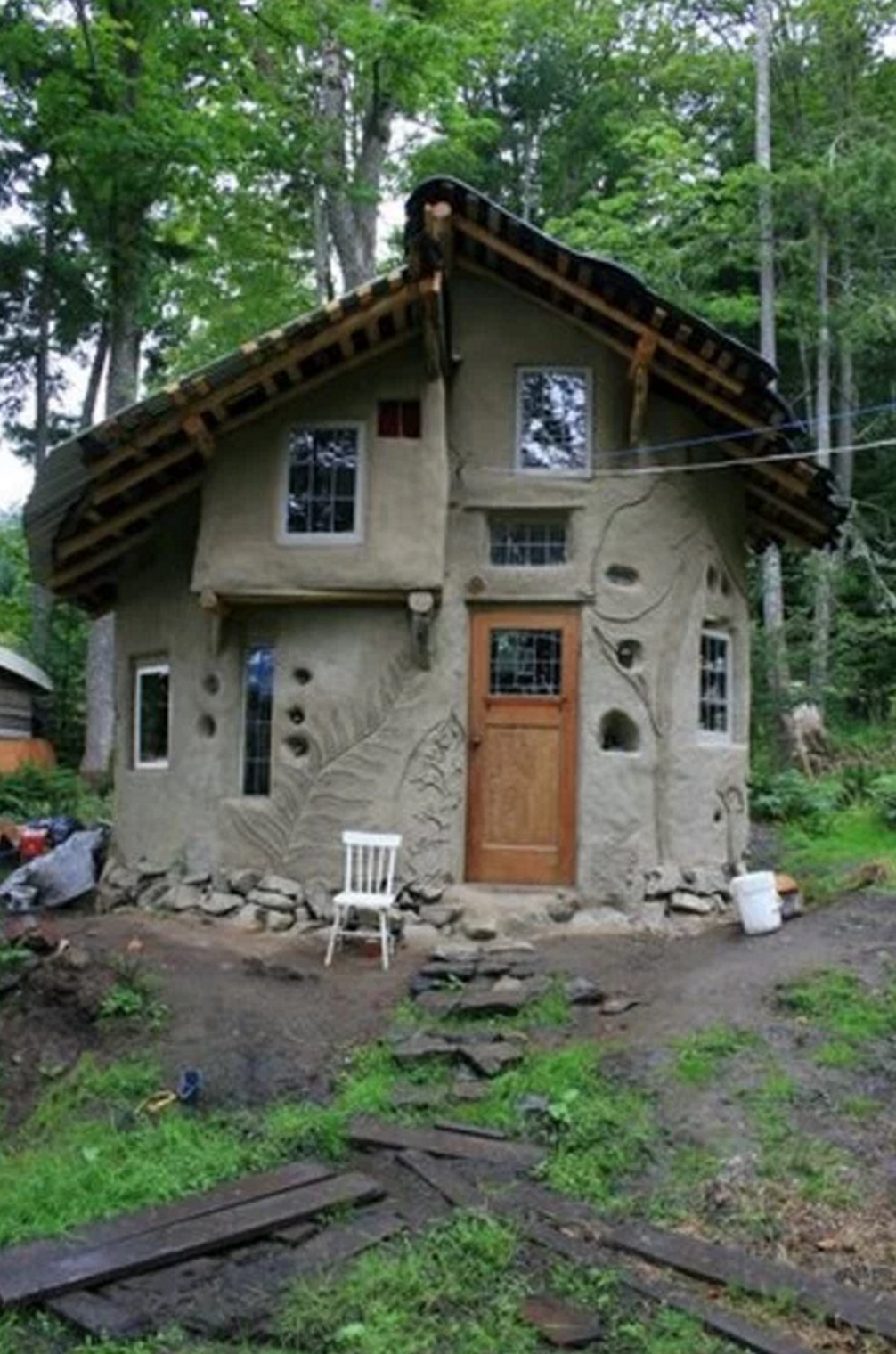
With sustainability and space-saving on the rise in home builders' minds, this centuries-old technique could be the answer to achieving the tiny home of your dreams!
If you love learning about new and old building techniques, make sure to SHARE with friends and family on Facebook.




